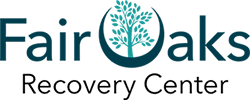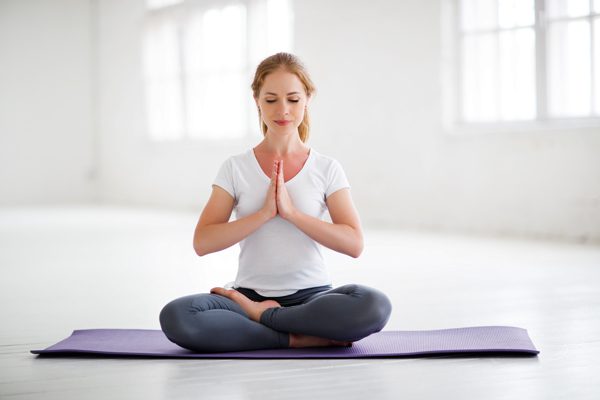Did you that Yoga isn’t just for the young and skinny!? Learn how Yoga Benefits People in Recovery.
The practice of yoga can offer specific benefits for individuals in treatment for drug or alcohol addiction. From pain management to emotional clarity, discover the benefits yoga can have on your path to recovery today.
Everybody can benefit from a yoga body.
People of all ages and fitness levels can enjoy the benefits of yoga. For individuals in recovery, yoga can be a valuable part of their continuum of care.
Yoga is said to have originated in ancient India, but it has been practiced by people around the world for over 5,000 years. It’s a total body workout that combines strengthening and stretching poses with deep breathing and meditation.
Yoga can:
- Improve self-confidence
- Improve sleep quality
- Reduce chronic pain
- Relieve stress
- Reduce fatigue
- Increase physical stamina and strength
- Alleviate symptoms of depression and anxiety
- Promote emotional healing
- Enhance mind-body awareness
Yoga benefits people in recovery by reducing the severity of withdrawal symptoms and make it easier to manage cravings. This helps minimize the risk of relapse, especially when yoga is incorporated as part of a comprehensive treatment plan that includes counseling, 12-Step support, medication-assisted treatment, and other evidence-based forms of care.
Yoga Journal has an interesting article outlining the use of yoga to promote addiction recovery. The article also includes descriptions of 10 poses found to offer specific benefits for people who are in treatment for drug or alcohol addiction.
Debunking Common Yoga Myths
Yoga is often misunderstood by the general public. Some common yoga myths include:
- Unless you’re physically fit, yoga is too difficult. The media often portrays people who practice yoga as being thin and toned, but men and women of all shapes and sizes can benefit from yoga. Modifications, including the use of blocks and straps or adapting poses for chair yoga, can make a yoga practice accessible for anyone. The Body Positive Yoga website provides just one example of how yoga can be adapted to fit individual needs.
- Yoga is a religion. Yoga can be spiritual, but it’s not a religion. People of all religious traditions, including Christians, Muslims, Buddhists, Jews, and atheists, practice yoga.
- There’s only one way to do yoga. Yoga comes in many different forms, with over 100 types of yoga being practiced currently throughout the world. Hatha yoga is the most common, due to its popularity among beginners, but Bikram, Ashtanga, Vinyasa, Iyengar, and Anusara yoga are also widely practiced. Different teachers can also vary in their approach to working with students.
- Some people are just “bad” at yoga. Yoga isn’t a competitive sport. Everyone has a different journey and will progress at their own pace. It’s important to be patient with yourself and resist the temptation to compare your practice to others.
Take Control of your Recovery with Yoga
Practicing yoga regularly lets you take control of your recovery. Instead of feeling as though you are reliant upon others to help you stay sober, yoga gives you a feeling of empowerment. With yoga, you will see the benefits of being an active participant in your recovery journey.
As you’re making the transition from residential treatment to independent living, finding a qualified yoga instructor is the best way to establish a consistent practice that fits your needs. Your instructor can check your form to help you avoid injury and suggest modifications for poses if you have medical conditions that limit your range of motion. Yoga of 12-Step Recovery and Trauma Sensitive Yoga are two resources that people in recovery might find particularly helpful in their search for a suitable instructor.
Many yoga studios and gyms that offer yoga classes provide free or low-cost intro classes for newcomers so you can see if the teacher’s style is a good fit. Don’t be afraid to sample several different classes before making a commitment. You can also meet with the instructor privately to discuss any specific concerns you have, such as needing modifications due to a past knee surgery or being uncomfortable having someone touch you to adjust your form due to your past experience as a victim of physical or sexual abuse.
Once you’re comfortable with the basics, you can supplement your regular classes with videos, workbooks, or online tutorials. As with other healthy lifestyle habits, you’ll maximize the benefits of a yoga practice if you make it a priority. Schedule time in your day for yoga, even if it’s only 15 or 20 minutes. Treat your practice with the same respect you give to 12-Step meetings and other recovery-related commitments.
Holistic Addiction Treatment at Fair Oaks
Fair Oaks Recovery Center’s California drug and alcohol addiction treatment facility takes a holistic approach to helping men and women learn to embrace a life of sobriety. Treatment plans are personalized to fit individual needs, taking into account variables such as dual diagnosed mental health disorders, chronic pain, and the effects of past trauma. Our goal is to help clients develop the skills they need to live happy, productive lives free from the burden of substance abuse.



